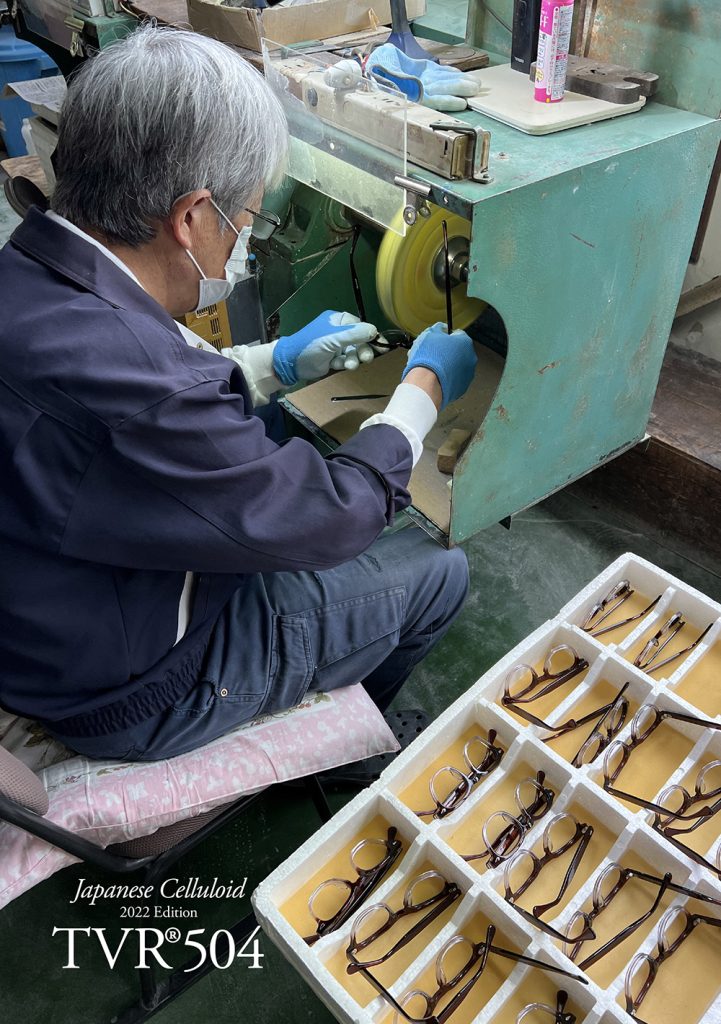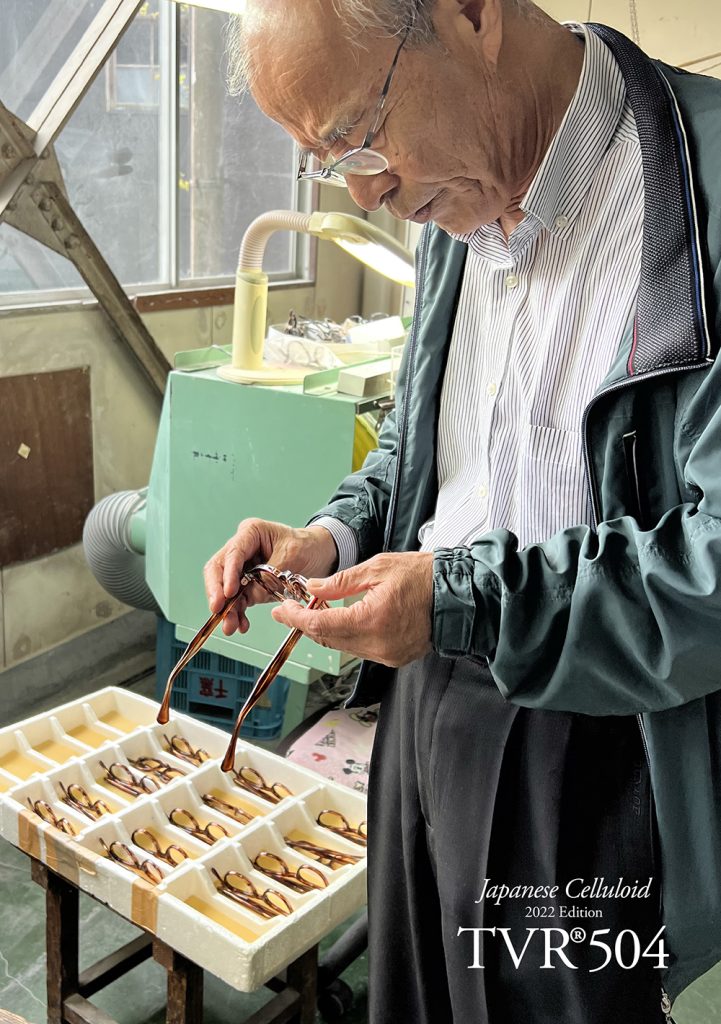How do you tell the difference between Japanese Celluloid and Zylonite?
Unbeknownst to many, celluloid is the world’s first plastic material created in 1856 by Alexander Parkes. Celluloids are created from nitrocellulose and camphor, with added dyes to bring out the desired colours, specks and textures. Celluloid is a synthetic resin that is originally developed to replace ivory especially in the advent of technology and innovation.
While the creation of eyewear in gold, silver and metal dated back to the 13th century, the first celluloid eyewear surfaced in the late 1800s. In the 1950s, eyewear brands began making glasses in another variation called the zylonite or ZYL. It was not too long ago in the eighties when acetate is created — a plastic material that is much lighter (especially for plastic eye frames) but one that lacks tensile strength and hardiness.
What makes celluloid a highly desired material is its vivid color and translucency thanks to the generational wet-molding technique. Authentic celluloid is made using a combination of resin, dissolved to give its fluidity, and then dyed according to the desired shade and finish. Different processed celluloids are then kneaded together, then cut into sheets — creating the unique swirls, specks and veins that are seemingly natural and free-flowing.
Furthermore, Japanese Celluloid is also a very rare material in Japan because it is no longer produced anymore since the 90s. It has taken TVR® OPT a lot more than just convincing to get the last few manufacturers of this revered material to restart the production of Japanese Celluloid is small batches. These small-batch Japanese Celluloid has now given TVR® OPT the opportunity to revive the vintage spirit of eyewear-making.
These Japanese Celluloid sheets used in the making of TVR® OPT eye frames are still made by master craftsmen in Japan to ensure its superior quality. It is also important to reiterate that each TVR® OPT eyepiece is measured using Datum Expression Sizing System, cut and polished from a solid piece of Celluloid or Zylonite. This traditional handmade method can only be perfected by master craftsmen with at least two decades of experience. The artistry in hand-polishing and other methods like tumbling further enhance the luminosity and luster of each eye piece.
This is the most traditional way practised by master craftsmen for decades, and the similar artistry is employed in the making of TVR® OPT eyewear today — using the pristine qualities of Japanese celluloid to revive true vintage eyewear making craftsmanship.
Shop TVR made with Japanese Zyl at tvropt.eu




